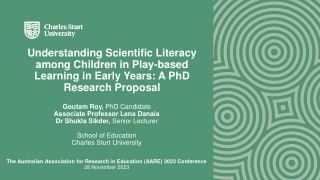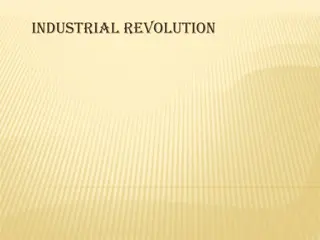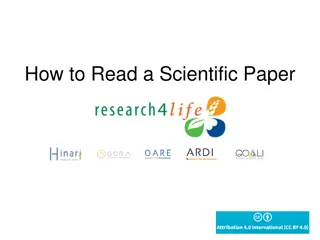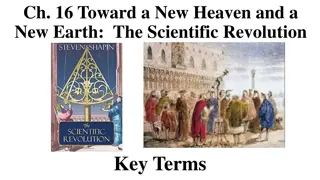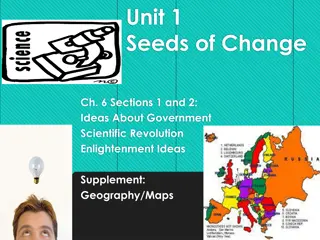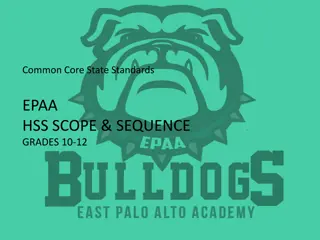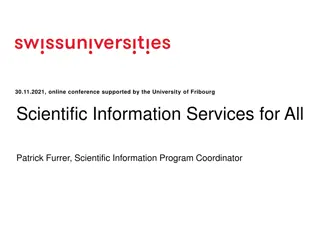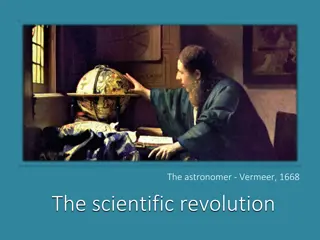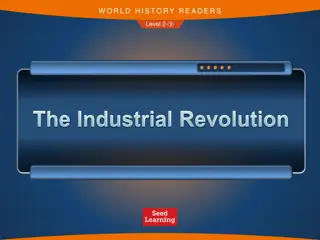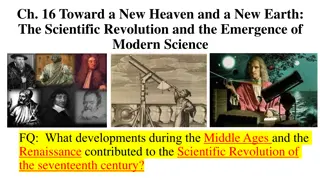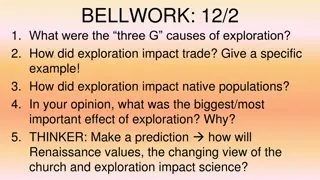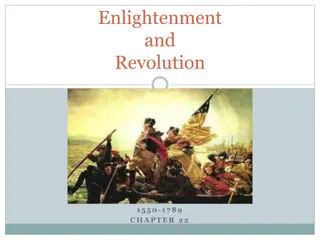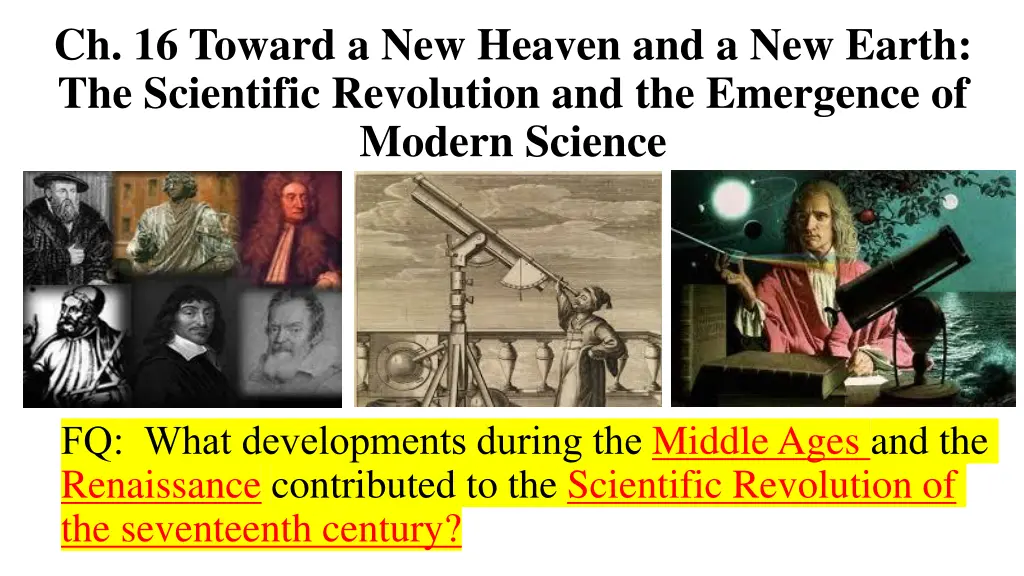
Scientific Revolution: Middle Ages to Renaissance
Explore how developments in the Middle Ages and the Renaissance paved the way for the seventeenth-century Scientific Revolution. Discover the contributions of Copernicus, Kepler, Galileo, and Newton to a new vision of the universe, shifting away from the Ptolemaic model.
Download Presentation

Please find below an Image/Link to download the presentation.
The content on the website is provided AS IS for your information and personal use only. It may not be sold, licensed, or shared on other websites without obtaining consent from the author. If you encounter any issues during the download, it is possible that the publisher has removed the file from their server.
You are allowed to download the files provided on this website for personal or commercial use, subject to the condition that they are used lawfully. All files are the property of their respective owners.
The content on the website is provided AS IS for your information and personal use only. It may not be sold, licensed, or shared on other websites without obtaining consent from the author.
E N D
Presentation Transcript
Ch. 16 Toward a New Heaven and a New Earth: The Scientific Revolution and the Emergence of Modern Science FQ: What developments during the Middle Ages and the Renaissance contributed to the Scientific Revolution of the seventeenth century?
A nineteenth-century painting of Galileo before the Holy Office in the Vatican in 1633
Background to the Scientific Revolution Ancient Authors and Renaissance Artists Limitations in the perspectives of medieval scientists
The Renaissance and ancient knowledge Contradictions of medieval authorities Close observation of nature Perspective and anatomical proportions
Technological Innovations and Mathematics Mathematics regarded as key to understanding Mathematical reasoning was viewed as promoting a degree of certainty that was otherwise impossible.
Renaissance Magic Hermetic magic and alchemical thought
FQ: What did Copernicus, Kepler, Galileo, and Newton contribute to a new vision of the universe, and how did it differ from the Ptolemaic conception of the universe?
Toward a New Heaven: A Revolution in Astronomy Medieval Cosmological Views Based on Aristotle, Ptolemy, and Christian theology Geocentric conception Concentric spheres with fixed earth at center
Nicolaus Copernicus (1473 1543) On The Revolution of the Heavenly Spheres Observation and heliocentric conception The conservatism of Copernicus Creates doubt about the Ptolemaic system
Medieval Conception of the Universe As this sixteenth-century illustration shows, the medieval cosmological view placed the earth at the center of the universe, surrounded by a series of concentric spheres. p474
The Copernican System As shown in this illustration from the first edition of the book, Copernicus maintained that the sun was the center of the universe and that the planets, including the earth, revolved around it. p475
Tycho Brahe (1546-1601) Danish nobleman granted possession of an island near Copenhagen by King Frederick II. Observed data at the Uraniborg Castle that led to his rejection of the Aristotelian-Ptolemaic system. Kepler was his assistant in Prague at the end of the 16th century.
Johannes Kepler (1571 1630) Hermetic thought and mathematical magic Laws of planetary motion (1609) Discrediting the Aristotelian-Ptolemaic system Eliminating the idea of uniform circular motion
Galileo Galilei (1564 1642) The telescope and The Starry Messenger Galileo and the Inquisition (1633) Problem of motion; principle of inertia
Isaac Newton (1642 1727) Early Achievements Invention of calculus Mathematical Principles of Natural Philosophy, or Principia (1684 1686) Culmination of the theories of Copernicus, Kepler and Galileo. Representative of the Hermetic tradition
Universal Law of Gravitation A new cosmology (origin and evolution of the universe) Three laws of motion Consequences: world seen in mechanistic terms God and Newton s world-machine

